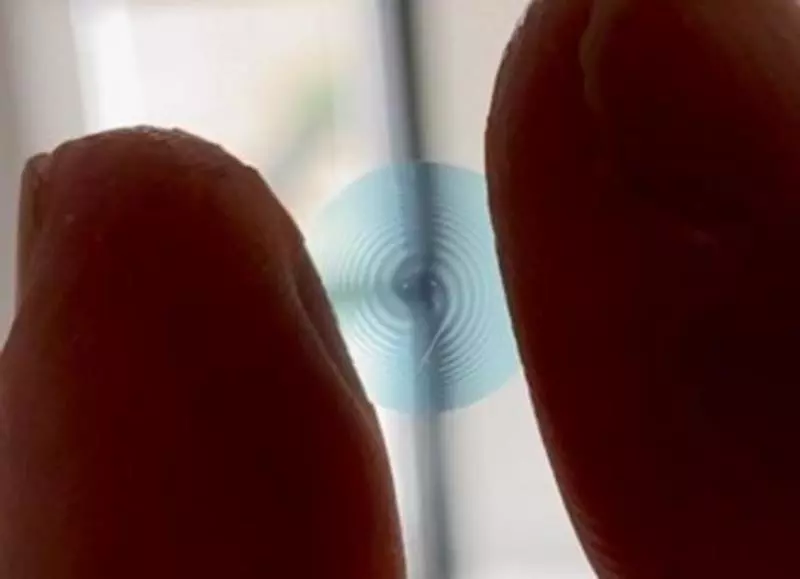Scientists have developed a new type of lens that creates multiple focal points, which could make for glasses or contacts that provide a clearer view over a range of distances. The secret? Making the lens a spiral shape.
The lenses in our eyes naturally focus light onto our retinas, but genetic, environmental or age-related conditions can mess with the focal point. If it’s too far forward or too far back, the world will be a blur. Thankfully, corrective lenses are designed to counteract that with a specific curvature, thickness and shape, depending on each person’s individual needs.
Often there’s only one focal point in a lens, but multifocals are common now, too – your glasses, for example, might be corrected for distance vision at the top and reading at the bottom. But these can have distortions or other issues.
For the new study, scientists from the Photonics, Numerical and Nanosciences Laboratory (LP2N) in France have developed a new type of lens, which they call a “spiral diopter.” As the name suggests, this lens has a spiral shape, which creates three different focal points in the field of vision.
“Unlike existing multifocal lenses, our lens performs well under a wide range of light conditions and maintains multifocality regardless of the size of the pupil,” said Bertrand Simon, an author of the study. “For potential implant users or people with age-related farsightedness, it could provide consistently clear vision, potentially revolutionizing ophthalmology.”

The spiral design creates what’s known as an optical vortex, which basically sends light spinning like water gurgling down a drain. The new lens was molded into a spiral using advanced digital machining techniques, and the team could adjust the quality of the lens by changing how many twists the spiral took.
The lens was tested the old fashioned way – by seeing how clear digital letters on a light board looked. Volunteers reported that images looked sharper over a range of distances, and under different lighting conditions.
But as the simulation video below illustrates, it’s not a perfect solution. Images aren’t crystal clear at all distances – where traditional lenses look very sharp at specific distances but really blurry at others, the new one averages it out so viewers get decent enough vision across the whole range, but never quite hit the peak of regular lenses. It sounds like quite a trade-off to make, but in a way it’s a similar principle to Presbyond surgery, which uses lasers to correct your two eyes to different focal points for a better average of clarity.
The team plans to investigate how well the new lenses might work for vision correction in real-world scenarios, and says it could also improve other technologies.
“This new lens could significantly improve people’s depth of vision under changing lighting conditions,” said Simon. “Future developments with this technology might also lead to advancements in compact imaging technologies, wearable devices and remote sensing systems for drones or self-driving cars, which could make them more reliable and efficient.”
The research was published in the journal Optica.
Source: Optica




